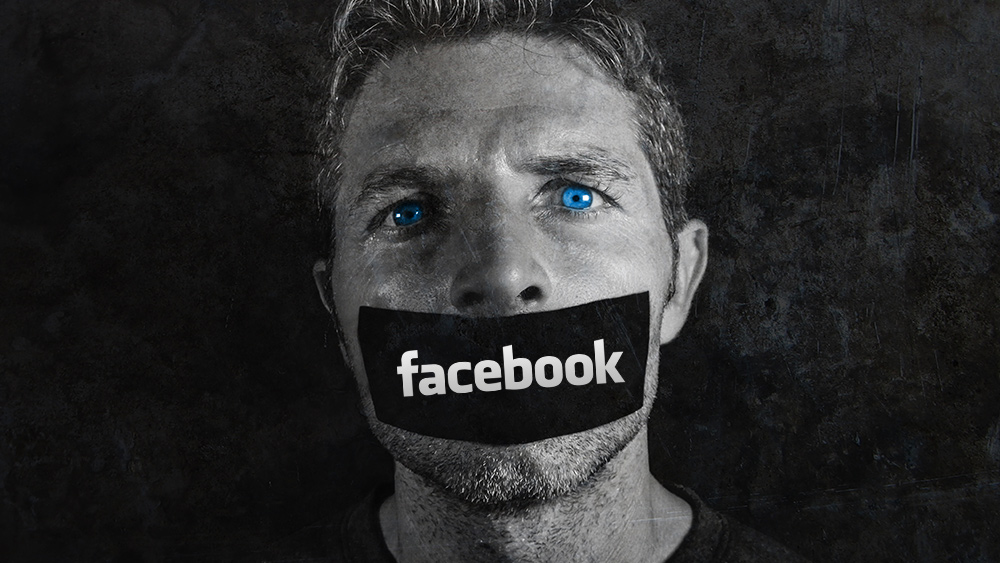Studies confirm: Potential risks of 5G wireless radiation are too serious to ignore
02/01/2019 / By Tracey Watson

Last year, Qatar became the first country in the world to roll out 5th generation (5G) wireless technology. Though they were the first, Qatar will by no means be the last country to make the move to 5G. Experts estimate that by next year virtually every country on the globe will have embraced this technology. Service providers boast that 5G will facilitate downloads at up to 100 times greater speeds than 4G technology. In basic terms, this translates to the ability to download (not stream) a full HD movie in less than 10 seconds.
5G also promises to provide more stable connections and greater capacity, meaning that networks will be able to handle multiple high-demand applications at the same time.
This all sounds good on paper, but as has been the case with most recent technological breakthroughs, everything comes at a price. Ultimately, all this increased speed and connectivity could well come at the cost of millions of people’s health.
Sprint in the lead
Telecoms giant, Sprint, has promised to launch 5G mobile services across the United States by mid-2019. The first six cities in line for this 5G rollout are Atlanta, Chicago, Dallas, Houston, Los Angeles and Washington, D.C.
A Sprint press release dated February 27, 2018 promised:
Customers in Chicago, Dallas and Los Angeles will begin experiencing 5G-like capabilities, including significant increases in data speed and capacity, as Sprint rolls out advanced network technology called Massive MIMO. Sprint will aggressively expand to additional markets including Atlanta, Houston and Washington, D.C. later this year. In 2018 and 2019 Sprint expects to deploy thousands of Massive MIMO radios, significantly increasing network capacity for millions of customers across the country.
Massive MIMO is a critical bridge to Sprint’s 5G network. 5G technology promises to connect people, places and billions of things with blazing fast speed, ultra-reliable, low-latency wireless service. This breakthrough technology will enable new levels of innovation and progress including cloud robotics, telemedicine, connected cars and drones, augmented and virtual reality and more.
Other telecoms providers are sure to follow in Sprint’s footsteps. (Related: 5G is already linked to rising health problems… concerns about “health calamity” on the rise.)
Why is this a problem? Because experts have warned that 5G presents a serious threat to human and animal health, and the way 5G functions will require changes in technology that have not been tested for safety.
Why 5G poses a serious threat
As previously explained by Natural News, the type of radiation emitted by 5G is a serious problem:
It all has to do with the type of radiation that’s emitted from 5G – radiation that penetrates human skin more aggressively than any other type of radiation currently emitted from consumer electronics. It’s actually in the same frequency range as what’s blasted by the naked body scanners present at American and British airports.
The Environmental Health Trust explains that while 4G and older generations of cellular technology use microwaves utilizing frequencies of up to 6 gigahertz (GHz), 5G will utilize frequency ranges between 6 and 100 GHz. The potential health impacts of microwaves at these frequencies have never been tested on humans.
Furthermore, the speed with which 5G operates can only be delivered via far more cellular transmitters; one transmitter per two to 10 homes. This will unleash high frequency microwaves at never-before-experienced levels.
Already earlier generation cellular technologies have been found to cause serious harm to the environment, animals and humans. Unleashing this level of microwave radiation on the planet could have absolutely devastating results – effects which may prove irreversible.
Learn more about the dangers of 5G at FutureScienceNews.com.
Sources include:
Tagged Under: 5g, cell phones, cellular, dangerous tech, disease causes, EMF, environment, future tech, Glitch, health, mobile, mobile devices, pet health, radiation, Sprint, WiFi, wireless technology
RECENT NEWS & ARTICLES
COPYRIGHT © 2017 GLITCH.NEWS
All content posted on this site is protected under Free Speech. Glitch.news is not responsible for content written by contributing authors. The information on this site is provided for educational and entertainment purposes only. It is not intended as a substitute for professional advice of any kind. Glitch.news assumes no responsibility for the use or misuse of this material. All trademarks, registered trademarks and service marks mentioned on this site are the property of their respective owners.




















